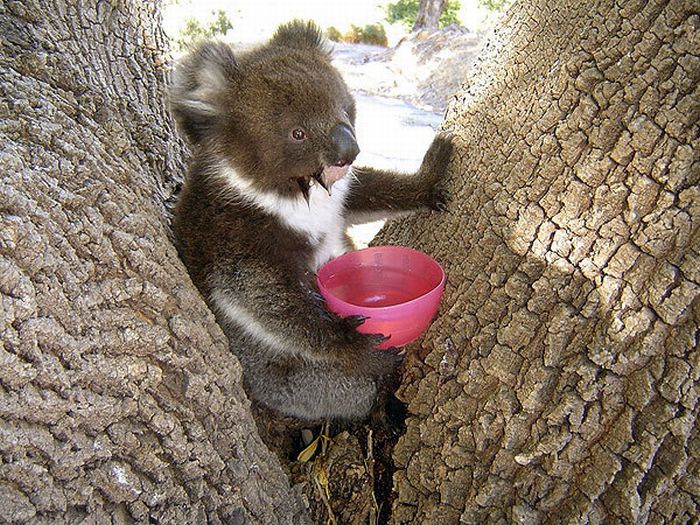|
|
Koalas Search For Water
|
Today, habitat loss and the impacts of urbanisation (such as dog attacks and traffic accidents) are the leading threats to the survival of the koala. In recent years, some colonies have been hard hit by disease, especially chlamydia. The koala requires large areas of healthy, connected forest and will travel long distances along tree corridors in search of new territory and mates. The increasing human population of the coastal parts of the continent continues to cut these corridors by agricultural and residential development, forestry, and road-building, marooning koala colonies in decreasing areas of bush. The long term viability of the koala is therefore threatened by genetic weakness. The Australian Koala Foundation is the principal organisation dedicated to the conservation of the koala and its habitat, mapping 40,000 km2 (15,000 sq mi) of land for koala habitat and claiming strong evidence that wild koala populations are in serious decline throughout the species' natural range. Local councils in growing urban areas with koala populations that have established or are in the process of establishing planning overlays and controls to preserve habitat for koalas include the Victorian councils of City of Ballarat, Macedon Ranges Shire and Glenelg Hopkins Catchment Management Authority as well as the Queensland councils of Moreton Bay Regional Council, Redland Shire Council.
Although the species covers a large area, only 'pieces' of koala habitat remain. Presently, many habitats are lost to weeds, clearance for agriculture, or carved up by developers. Other threats come from logging, poor management, attacks from feral and domestic animals, diseases, and roads.
|
|









